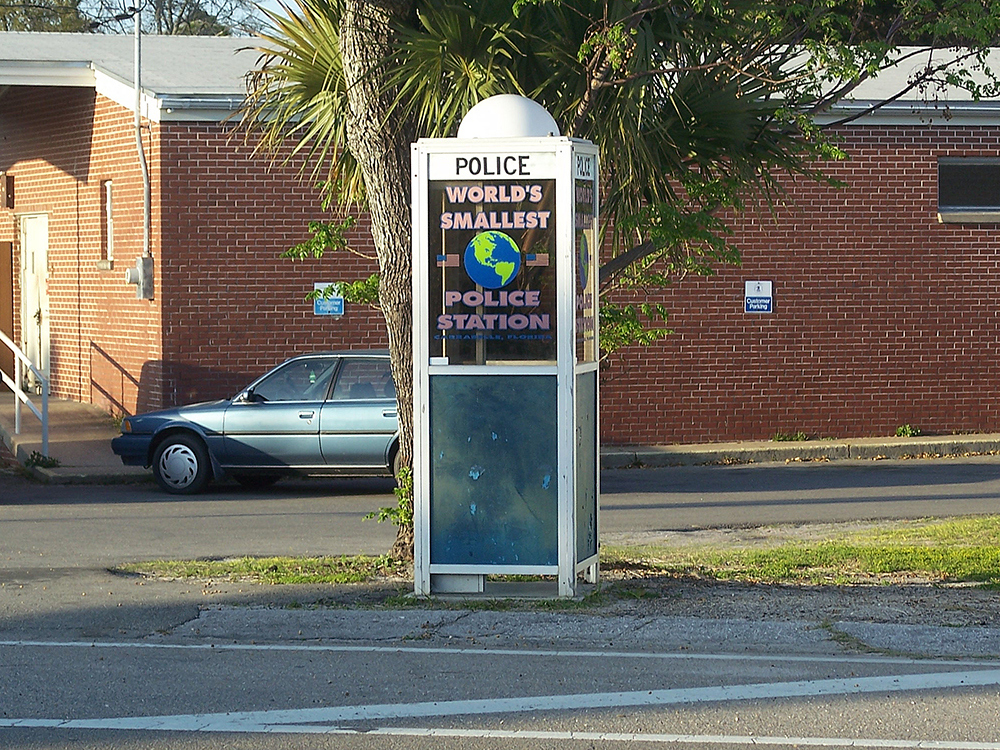Imagine this: You’re diving into a world so small that it’s almost unimaginable. But what exactly is the tiniest thing in the world? This question has fascinated scientists, philosophers, and curious minds for centuries. Today, we’re going to embark on a journey to uncover the answer. So, buckle up because we’re diving deep into the microscopic—and even sub-microscopic—realms where the smallest wonders of the universe exist.
When we talk about "what is the tiniest thing in the world," we’re not just throwing around buzzwords. We’re diving into the heart of science, physics, and even philosophy. The concept of smallness isn’t just limited to what we can see under a microscope; it goes way beyond that. From atoms to quarks, and even smaller theoretical particles, the world of the tiniest things is mind-blowing.
But why does it matter? Understanding the smallest particles in the universe helps us comprehend how everything works. From the structure of matter to the forces that bind the universe together, the tiniest things shape our reality in ways we’re only beginning to understand. So, are you ready to explore the microscopic marvels of the cosmos?
Read also:Unlock The Fun Cartoon Characters Phone Numbers That Will Blow Your Mind
What Does “Tiniest Thing” Even Mean?
Before we jump into the nitty-gritty details, let’s clarify what we mean by "the tiniest thing." Are we talking about something physical, like an atom or a particle? Or are we diving deeper into theoretical constructs that exist only in equations and hypotheses? The answer isn’t as straightforward as you might think.
Defining the Tiniest Thing
In scientific terms, "tiniest" refers to the smallest measurable unit of matter or energy. But here’s the twist: what we consider "small" today might not be the smallest tomorrow. As technology and research evolve, our understanding of the universe expands, revealing even tinier particles and phenomena.
For instance, atoms were once thought to be the smallest building blocks of matter. But then came the discovery of protons, neutrons, and electrons. And guess what? Even those aren’t the end of the story. So, when we talk about "what is the tiniest thing in the world," we’re constantly redefining the boundaries of smallness.
The Journey Through the Microscopic Realm
Let’s take a trip through the microscopic world to understand where the smallest things reside. This journey will take us from everyday objects to the realm of quantum mechanics, where the rules of physics as we know them no longer apply.
Atoms: The Building Blocks of Everything
Atoms are often considered the basic building blocks of matter. They’re so small that a single strand of human DNA contains billions of them. But here’s the kicker: atoms themselves are made up of even smaller particles. So, while they’re tiny, they’re not the tiniest thing in the world.
- Atoms consist of protons, neutrons, and electrons.
- Protons and neutrons reside in the nucleus, while electrons orbit around it.
- Even though atoms are incredibly small, they’re still composed of smaller components.
Breaking It Down Further: Subatomic Particles
If atoms aren’t the smallest things, what comes next? Enter subatomic particles—protons, neutrons, and electrons. But even these particles aren’t the end of the line. Let’s break it down further.
Read also:Unveiling The Truth About Jennifer Williams Father A Fascinating Journey
Protons and Neutrons: The Heavyweights of the Nucleus
Protons and neutrons make up the nucleus of an atom, giving it mass and structure. But guess what? These particles are also made up of even smaller components called quarks. Quarks are held together by forces mediated by particles called gluons. Talk about teamwork on a microscopic level!
Electrons: The Lightweight Wanderers
Electrons are the lightweights of the atomic world, zipping around the nucleus in a cloud-like pattern. Unlike protons and neutrons, electrons aren’t made up of smaller particles. They’re considered fundamental particles, meaning they can’t be broken down further. But are they the tiniest thing in the world? Not quite.
Quarks: The Real MVPs of Smallness
Now we’re getting somewhere. Quarks are the smallest known building blocks of matter. They come in six flavors—up, down, charm, strange, top, and bottom—and combine to form protons and neutrons. But here’s the thing: quarks can’t exist in isolation. They’re always bound together by the strong force, which is mediated by gluons.
So, are quarks the tiniest thing in the world? Well, they’re certainly contenders. But there’s still more to explore.
Fun Facts About Quarks
- Quarks were first proposed in 1964 by physicist Murray Gell-Mann.
- They’re named after a line in James Joyce’s novel “Finnegans Wake.”
- Quarks are never found alone; they always form composite particles.
String Theory: Beyond Particles
If quarks aren’t the smallest things, what is? Enter string theory, a theoretical framework that suggests the fundamental building blocks of the universe aren’t particles at all, but tiny, vibrating strings of energy. These strings are so small that they appear as points when observed at larger scales.
What Are Strings?
Strings are one-dimensional objects that vibrate at specific frequencies, giving rise to the properties of particles like mass and charge. Think of them as the ultimate multitaskers of the universe. While string theory is still a hypothesis, it offers a fascinating perspective on the nature of reality.
Planck Length: The Absolute Limit
Now we’ve reached the absolute limit of smallness: the Planck length. Named after physicist Max Planck, this length is approximately 1.6 x 10^-35 meters. It’s so small that it’s impossible to measure directly with current technology. But here’s the kicker: anything smaller than the Planck length is considered meaningless in the context of physics.
In other words, the Planck length is the smallest possible size in the universe. Beyond this point, the laws of physics as we know them break down, and we enter the realm of quantum gravity—a field of study that’s still in its infancy.
Why the Planck Length Matters
The Planck length isn’t just a number; it’s a fundamental limit that defines the boundaries of our understanding of the universe. By studying the Planck length, scientists hope to unlock the secrets of quantum gravity and unify the forces of nature into a single theory.
Applications of Understanding the Tiniest Things
Understanding the smallest things in the universe isn’t just an intellectual exercise. It has real-world applications that impact technology, medicine, and even our daily lives.
Quantum Computing: Harnessing the Power of Smallness
Quantum computing is one of the most exciting applications of understanding the tiniest things. By harnessing the principles of quantum mechanics, scientists are developing computers that can perform calculations faster than any classical computer. This technology has the potential to revolutionize fields like cryptography, artificial intelligence, and drug discovery.
Nanotechnology: Building from the Bottom Up
Nanotechnology involves manipulating matter at the atomic and molecular level to create new materials and devices. From cancer-fighting nanoparticles to self-cleaning surfaces, nanotechnology is already changing the world in ways we couldn’t have imagined just a few decades ago.
Table of Contents
- What Does “Tiniest Thing” Even Mean?
- The Journey Through the Microscopic Realm
- Breaking It Down Further: Subatomic Particles
- Quarks: The Real MVPs of Smallness
- String Theory: Beyond Particles
- Planck Length: The Absolute Limit
- Applications of Understanding the Tiniest Things
- Quantum Computing: Harnessing the Power of Smallness
- Nanotechnology: Building from the Bottom Up
- Conclusion: Why Does It Matter?
Conclusion: Why Does It Matter?
So, what is the tiniest thing in the world? The answer depends on how deep you’re willing to dive. From atoms to quarks, and even smaller theoretical constructs like strings and the Planck length, the world of the tiniest things is a fascinating one. Understanding these concepts not only satisfies our curiosity but also drives innovation and progress in fields like technology, medicine, and energy.
As we continue to explore the smallest wonders of the universe, we’re reminded of just how vast and complex our reality is. So, the next time you look at the world around you, remember that there’s a whole universe of tiny marvels waiting to be discovered.
What do you think about the tiniest things in the world? Share your thoughts in the comments below or explore more articles on our site to learn about the wonders of science and beyond!


